
This is where you find all our press releases and news articles.
Year after year, feed costs remain the single largest expense in the cow-calf sector. In a typical year, feed equates to approximately half of total enterprise costs. However, feed may represent as much as 70 percent of all cow-calf costs when extremes such as drought occur. Thus, it is no surprise that feed is almost always the primary factor that determines profitability in beef operations. As such, it is important to minimize feed costs, but only when it can be accomplished without hindering production. Keeping this in mind, these 10 best management practices will help cow-calf producers optimize production through feeding program management.

Calf Farms
1. Extend the grazing season
Beef cow business records consistently demonstrate that the most profitable operations observe an extended grazing season. In the Midwest, extended grazing often incorporates some combination of stockpiled grazing (predominantly tall fescue) and/or grazing corn residue. Days available for extended grazing are dramatically impacted by acres available and weather, but in many instances corn residue can provide around 60 days of grazing prior to use of stockpiled pasture. Operations that use both corn residue and stockpiled grazing practices often can delay delivery of harvested forages until after the first of the year. Remember that every day spent grazing is one less day cows need to consume stored feed.
2. Incorporate alternative feeds
Coproducts of the ethanol industry and by- product feeds such as soybean hulls traditionally have been labeled “alternative feeds.” Given the prevalence of use in many Midwestern operations, these feeds are far from alternatives. They are almost always a cheaper energy and/or protein source when compared with other commercially available supplements. These feedstuffs also are low in starch and high in digestible fiber which complement a forage-based diet extremely well.
Local opportunities may be available to acquire unique feedstuffs that meet supplementation needs at a lower cost per unit of needed nutrient.
Ruminants can make nutritional use of a wide array of products, see local extension professionals and nutritionists to evaluate how novel feeds can be worked into feeding systems.
3. Utilize a ration balancing program
Ration balancing programs such as Iowa State University’s BRaNDS are a tremendous resource. These programs allow producers to quickly adapt to changes in forage quality, supplement resources, weather, and stages of production to ensure least-cost feeding strategies. The initial cost of software typically is offset in feed savings within the first handful of rations that are balanced.
4. Minimize waste
Harvested forages represent the largest single feed cost in most Midwestern operations. Storage and feeding methods dramatically impact the amount of storage loss and waste at the feeder, and together storage and feeding losses often exceed 30 percent in many herds.
Consider adding a hay shed for reduced waste and potential to store hay for several years. Even at a significant initial cost, a shed typically will pay for itself long before it is fully depreciated and lower expenses will help buffer high priced forages in a drought situation. Storage waste also can be reduced by storing hay under cover and off the ground.
Another option is to grind forages and incorporate them into a total mixed ration (TMR) to reduce sorting and waste at the feeder. However, the initial cost of equipment and infrastructure for TMR delivery may be prohibitive in small- to medium-sized operations. Research has shown that cows can consume their dry matter requirements in as little as 6 hours per day depending on forage quality, reducing the amount of sorting and waste at the feeder. Smaller operations could reduce bale feeder access through the use of electric fence or installation of a low-cost feeding pad that can be gated off.
5. Improve record keeping to reduce inputs
Producers cannot improve what they do not measure. Without extensive feed and production records it is nearly impossible to determine whether an operation is reducing feed waste, improving pasture productivity, or reducing feed cost, and how such changes are affecting performance. Purchased feed costs are well tracked in most operations. However, farm-raised feeds, as well as feed-related fixed and operating costs, both of which dramatically impact feed costs are typically not well defined, giving many producers a false sense of feed costs for the herd. In many small- to medium-sized operations, purchasing forages may be a more economically sensible option as forage related fixed and operating costs are not spread over enough production units to merit ownership of equipment.
6. Enhance pasture productivity
Test soils and fertilize pastures accordingly. Split application often maximizes the investment in nitrogen. Control weeds which reduce forage productivity. Add a forage species such as a legume or warm season grass to your grazing plans to increase tonnage and ensure a constant supply of forage during the summer months.
Incorporate rotational grazing or management intensive grazing to allow greater pasture resting periods and help suppress invasive weed species from asserting themselves into the stand. While all of these practices require labor and monetary investment, the return in carrying capacity and/or grazing days will far exceed the cost.

Cattle Farms
7. Analyze forages
Forage sampling and nutrient analysis is easily one of the best returns on investment in any operation. It probably goes without stating that weather, maturity, harvest, and storage methods all have a dramatic impact on forage quality. However, without a forage analysis, any supplementation strategy that is implemented is purely a guess and rarely mimics the true needs of the herd. Overfeeding is an obvious waste of money, while underfeeding is a waste of production and genetic potential.
8. Critically evaluate “cure-alls”
There is no shortage of convenient, commercially available energy and protein supplements, minerals, and nutraceuticals aimed at meeting the nutritional need of the cow herd. All of these products have their place, but be sure the supplement meets a true deficiency in the current diet before adding it. These products should not be viewed as management replacers, rather they are management enhancers for which you are paying a premium for the added convenience. Critically analyze all aspects of the nutrition program to ensure sound management practices before utilizing these products to enhance the operation’s outcomes.
9. Split cattle into age/size appropriate groups
Separating cows based on their nutrient needs provides for targeted feeding strategies, minimizes dominant/subordinate relationships at the bunk, and reduces overall feed costs of the herd. Young, growing females need more total dietary energy and protein, but cannot ingest as much dry matter as mature cows. When multiple age groups are commingled, young cows do not consume enough to meet their needs while older cows often overeat. This either drives up the cost of feed for the entire herd in an attempt to meet requirements of young cattle, or results in thin young cows and overweight older cows. Thus, managing them as separate groups will optimize performance of yearling and first-calf females. In larger herds, there also is value in splitting mature cows into two or more groups to better meet the nutrient demands of aging cows that may not be as thrifty as those in their prime.
10. Identify efficient cattle through genetics
Increased feed efficiency will always be a major point of emphasis for cattle operations. In recent years, development of individual feeding system technology has allowed some producers and many breed associations to collect intake data and identify more efficient cattle. Current research is directed at identification of genes that control intake and efficiency. This information could be used to incorporate more efficient genetics into a herd to reduce intake and feed costs without sacrificing production and marketing goals.
The production cost of a cattle farm includes feed cost, facility cost, personnel cost and other costs. The calf also has a cost. There are five ways to reduce unit costs of production in a cow-calf enterprise.
1. Decrease costs while keeping production the same. An example of this would be to sell unneeded equipment or reduce equipment expense while keeping calf production the same. Costs decrease while production is maintained, decreasing unit cost of production.
2. Hold costs the same while increasing production. The use of hybrid vigor in cow-calf production is an example of this strategy. Research shows that a crossbred cow will be more productive over her life than the females of the straight-bred contemporaries used to create her. An example of this would be an F1 Hereford X Angus cross cow. Costs of production would likely be the same, but productivity is expected to increase, decreasing unit cost of production.
3. Decrease costs while increasing production. An example of this could be the moving of a calving date for a cow herd to better match the availability of significantly lower-cost feed resources. This move of calving date could also potentially improve calf survivability if weather is more favorable, resulting in an increase in the number of calves weaned. Costs decrease while production increases, reducing unit cost of production.
4. Increase costs with an expected greater percentage increase in production. The strategic use of a protein supplement for spring-calving cows grazing low-quality forage is an example of this. The protein supplement can increase the ability of cows to utilize low-quality forage, resulting in improved body condition scores at calving, greater survivability of calves, greater calf weaning weights and increased pregnancy rates for cows. The percent increase in productivity exceeds the cost of the protein supplement, reducing unit cost of production.
5. Significantly decrease costs with a smaller percentage decrease in expected production. An example of this would be the decision to select for a genetically adapted cow that better fits her environment and requires fewer supplemental feed inputs. Pounds of calf produced would likely decrease with the cow requiring fewer inputs, but the cost to produce those pounds of calf is expected to decrease at a proportionally faster rate, resulting in a decrease in unit cost of production.
Related Case
Hong Kong,China 3-4T/H Ruminant Animal Feed Pellet Line
Indonesia 3-5T/H Ruminant Animal Feed Pellet Line
Saudi Arabia 5-6T/H Cattle Feed+10T/H Chicken Feed Pellet Production Line
Having the right mix of reliable, high-quality pellet machine and pelletizing systems and expert support is essential to your success. Watch how our end-to-end feed pellet plant solutions have helped our customers optimize their performance.
Our customized and future-proofed turnkey pellet plant solutions is designed with you at the core. From vision to reality and beyond, our team stays connected with yours. Giving you peace-of-mind with an expert at your side.
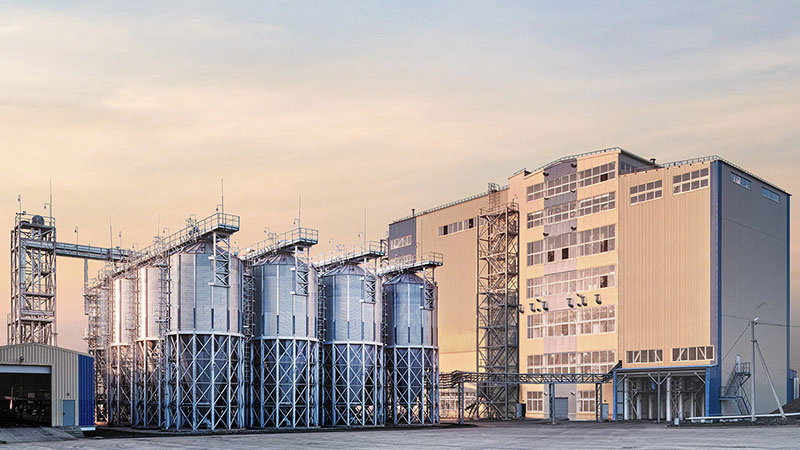
At RICHI, we go beyond project completion. With RICHI Servicee, we’re your dedicated partners in success. Count on us for expert guidance, minimal downtime, and optimized productivity. Choose RICHI for unmatched service and support.
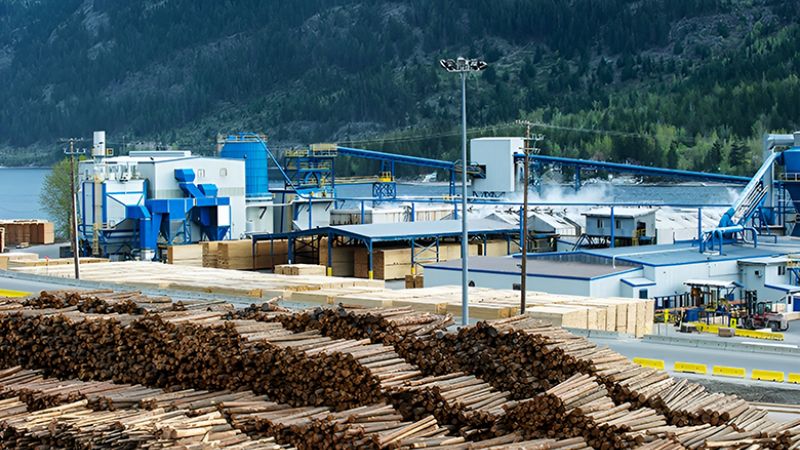
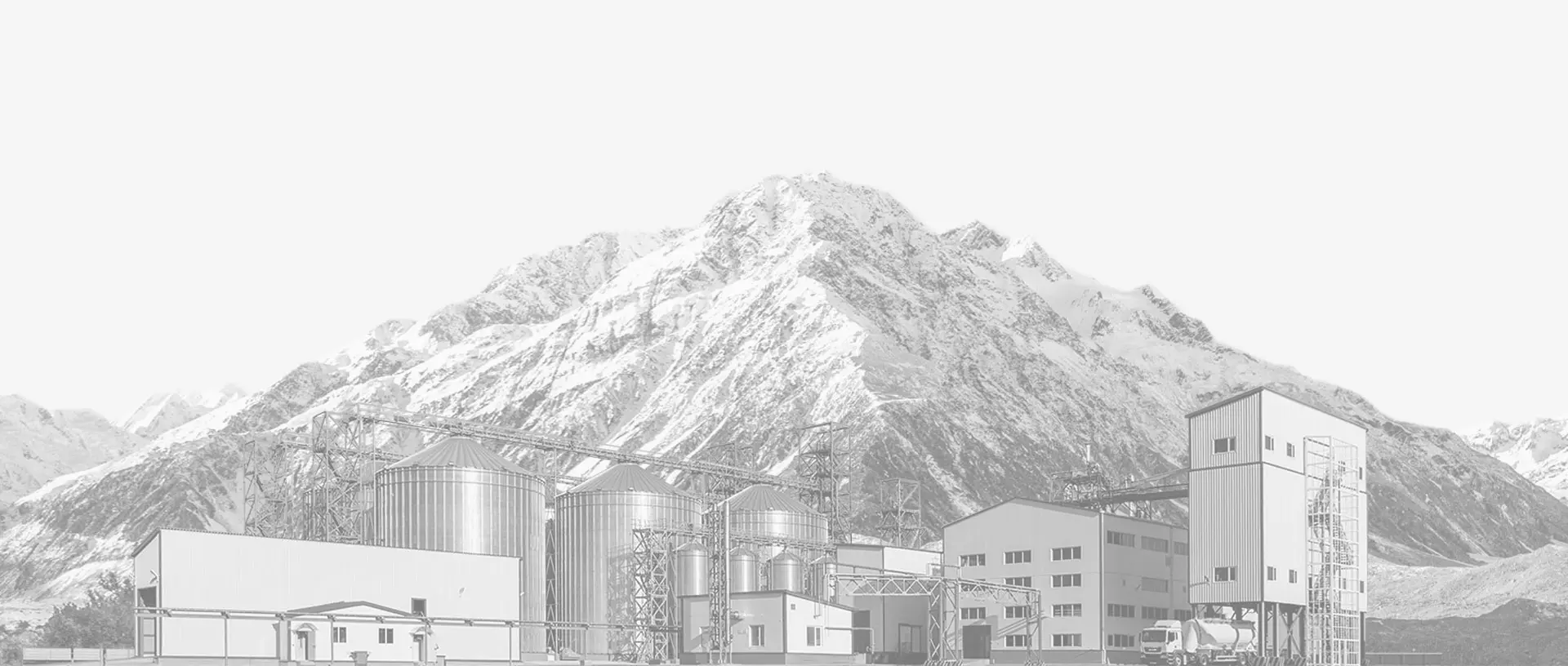

Meet global product demands and quality standards with industry-leading pellet plant design, engineering, equipment, and construction services for pellet processors.
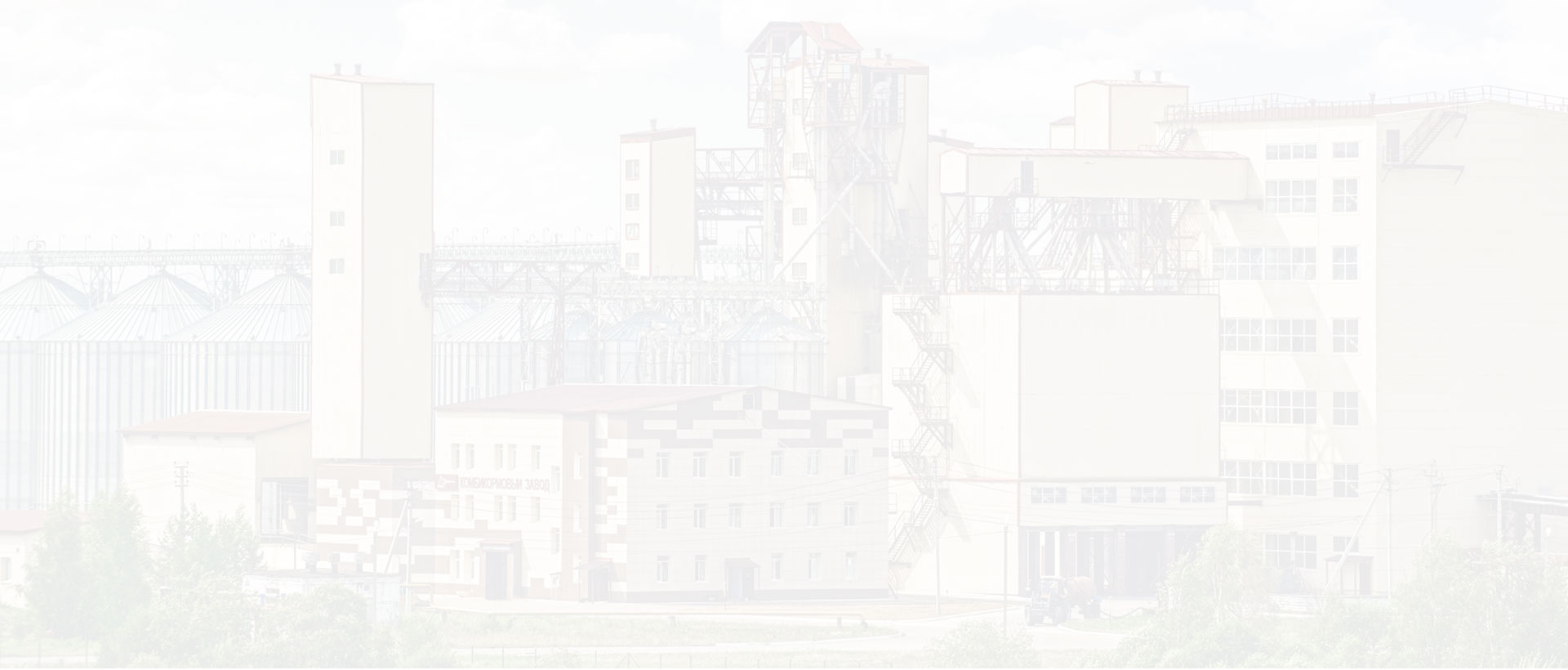
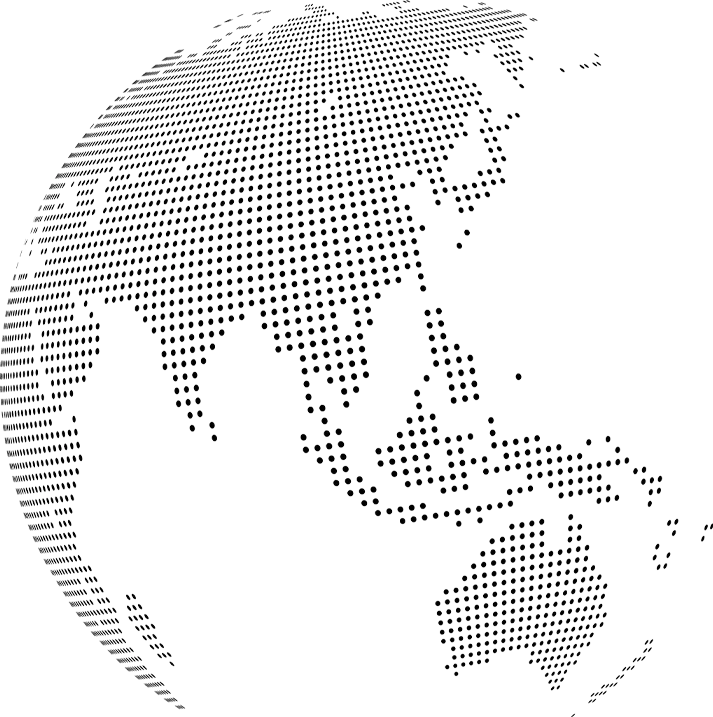
Your Partner Beyond Project Completion
2000+ cases
RICHI is the leading designer, manufacturer and builder of pellet plants in the world, completing over 2000 projects in 140 countries across 6 continents.
Read More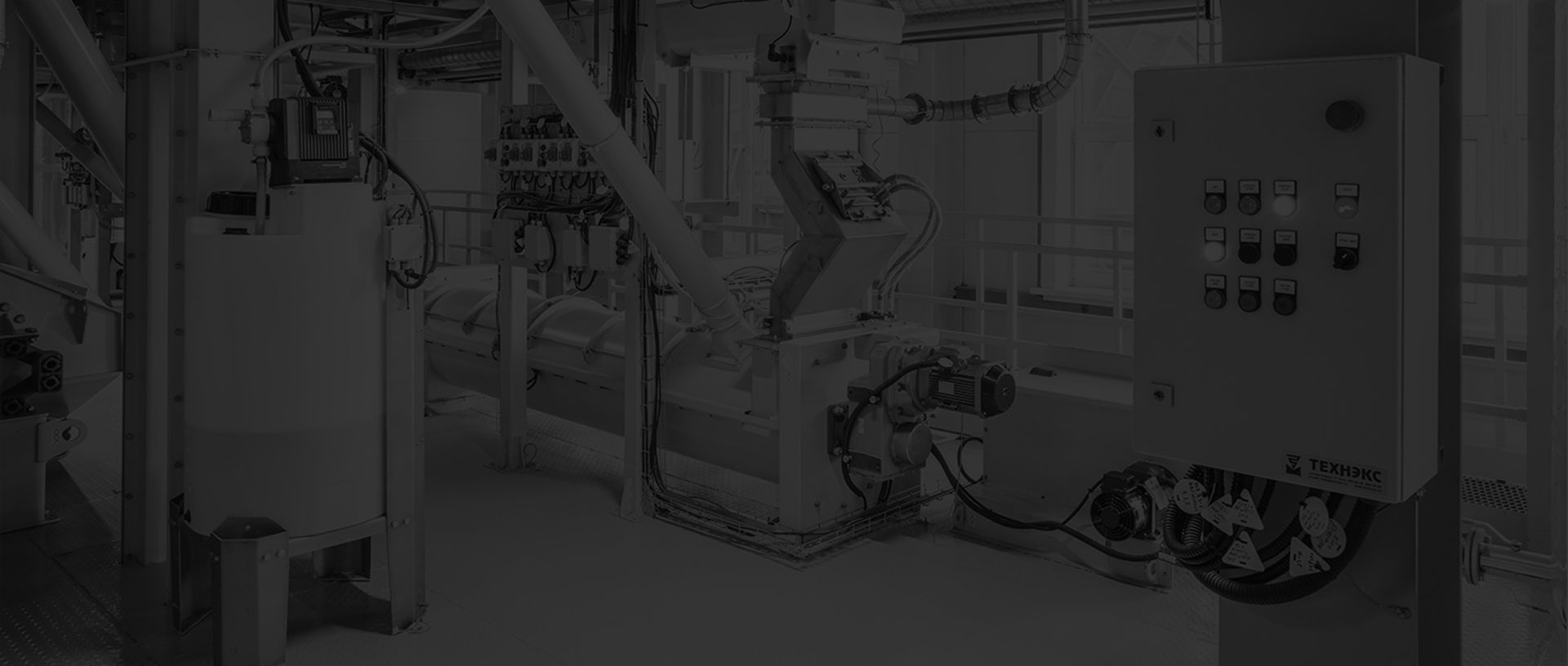
Increase plant productivity, profitability, and safety by integrating high quality equipment into your pellet production line. Over the years, RICHI has become China's top pellet equipment manufacturer. At the same time, RICHI has established valuable partnerships with the world's leading component and raw material manufacturers to bring you the best there is in technology, automation, and efficiency in pelleting plant machinery.

For nearly 30 years, RICHI has been providing best-in-class pellet plant equipment and services to clients across a variety of industries, sizes, and needs. We pride ourselves on the knowledge and skill that each team member possesses – from our technical sales team to our process design engineers. You can count on RICHI Machinery to take your operation to the next level of innovation, quality, and success.
Need help with your pellet manufacturing plant project? Contact us today.
ANIMAL FEED
BIOMASS
WOOD
ORGANIC FERTILIZER
AQUA FEED
CAT LITTER
MUNICIPAL WASTE RECYCLING
SPECIAL PELLET PRODUCTION
RICHI Machinery continues to deliver world class pellet mill equipment, pellet plant engineering and project solutions that add value to our customers in the animal feed, wood waste, agriculture waste, organic fertilizer, cat litter and special pellet products industries. Throughout the years, we RICHI Machinery have built strong brand, becoming industry-leading pellet machine manufacturer. We value integrity, promise quality, and prioritize your success.
Learn MoreWith our expert team, we precisely implement your process engineering requirements in pellet mill and pelletizing plant systems. No matter which industry you’re in – we understand your needs and deliver solutions that meet the highest standards.
At RICHI, quality comes first. Our pellet making machine and related pellet line equipment undergo rigorous quality controls to ensure they meet the highest standards. Rely on products that are durable, safe, and efficient.
With decades of experience in pellet machine and pellet production line production, we have earned a reputation as a trusted partner in various industries. Our expertise allows us to cover a wide range of applications.
Not only do we offer premium pelleting equipment, but we are also experts at designing, building, installing, and maintaining facilities from the ground up. Our expertise is within pellt plant process design, discovering the most efficient, productive, and profitable way to handle your materials in an end-to-end cycle.

Keeping in touch with us is an effective way to solve all your problems. If you have any needs or questions, please leave your contact information, then RICHI technical consultants will send design, quotation, videos to your mailbox. You can also contact us directly via WhatsApp: +86 13838389622
Copyright©2015-2024 by HENAN RICHI MACHINERY CO., LTD. All rights reserved.